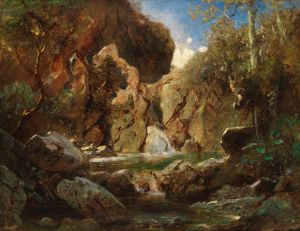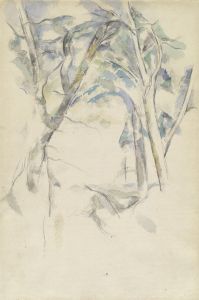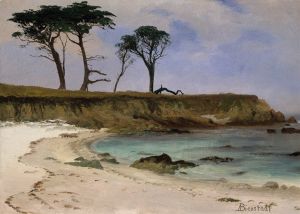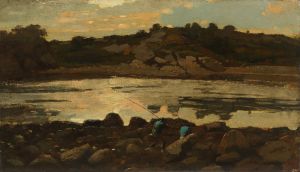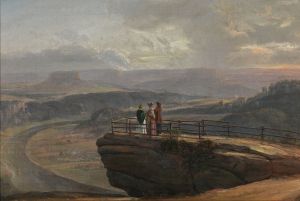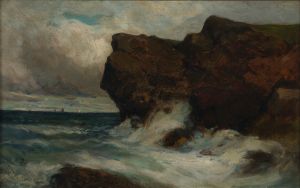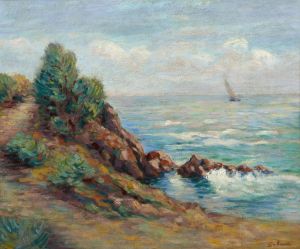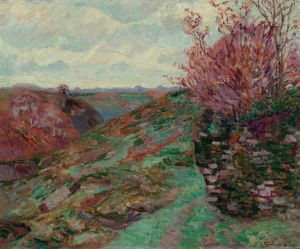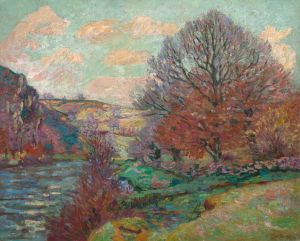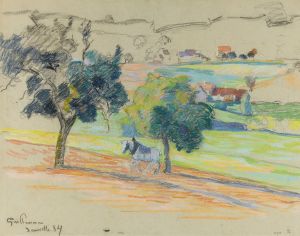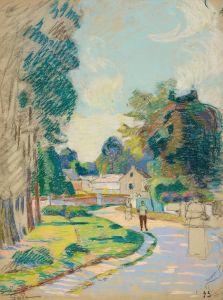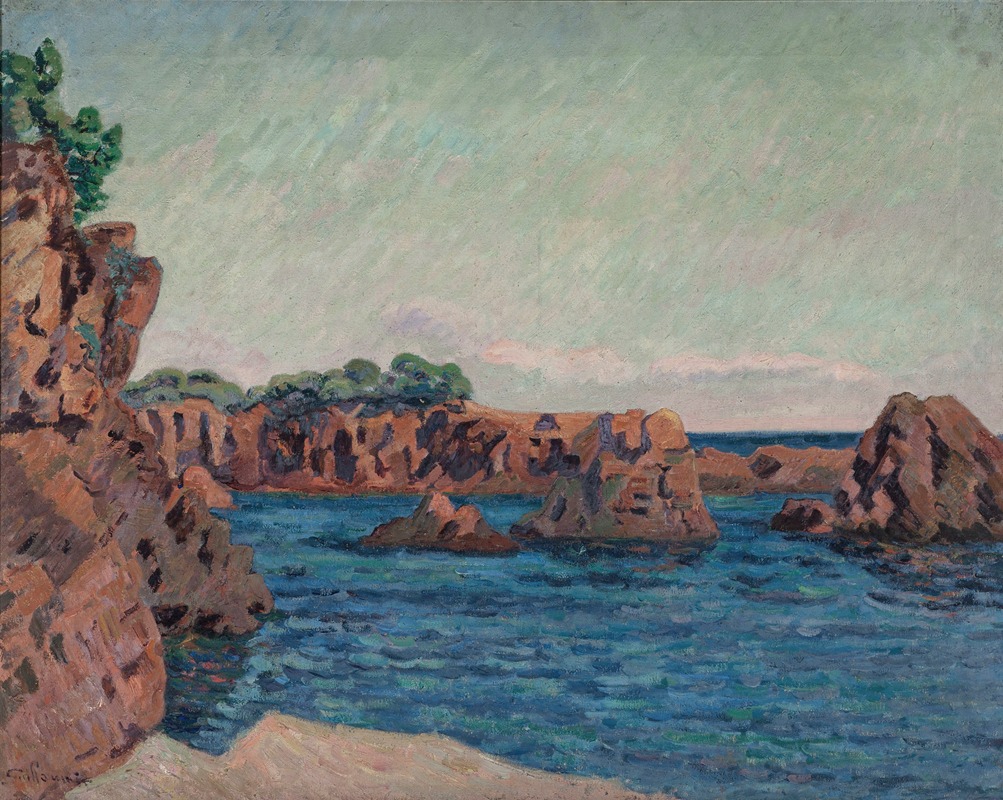
Rochers à Agay
A hand-painted replica of Armand Guillaumin’s masterpiece Rochers à Agay, meticulously crafted by professional artists to capture the true essence of the original. Each piece is created with museum-quality canvas and rare mineral pigments, carefully painted by experienced artists with delicate brushstrokes and rich, layered colors to perfectly recreate the texture of the original artwork. Unlike machine-printed reproductions, this hand-painted version brings the painting to life, infused with the artist’s emotions and skill in every stroke. Whether for personal collection or home decoration, it instantly elevates the artistic atmosphere of any space.
Armand Guillaumin was a French impressionist painter known for his vibrant use of color and his depictions of the French landscape. One of his notable works is "Rochers à Agay," which translates to "Rocks at Agay." This painting exemplifies Guillaumin's skill in capturing the natural beauty and vivid colors of the French countryside, particularly the region around Agay, a small coastal town in the Provence-Alpes-Côte d'Azur region of southeastern France.
Guillaumin was born in Paris in 1841 and became associated with the Impressionist movement through his friendships with artists like Camille Pissarro and Paul Cézanne. He participated in the first Impressionist exhibition in 1874 and continued to exhibit with the group in subsequent years. His works are characterized by their bold color palette and dynamic brushwork, which convey a sense of movement and light.
"Rochers à Agay" is a testament to Guillaumin's fascination with the interplay of light and color in nature. The painting likely depicts the rocky coastline of Agay, capturing the rugged beauty of the area. Guillaumin's use of bright, contrasting colors and loose brushstrokes creates a lively and atmospheric scene, typical of his approach to landscape painting. The rocks, sea, and sky are rendered with a vividness that reflects the artist's interest in the effects of sunlight and shadow.
Throughout his career, Guillaumin was drawn to the landscapes of France, particularly those that offered dramatic natural features and vibrant colors. His travels took him to various regions, including the Creuse Valley, the Île-de-France, and the Mediterranean coast, where he found inspiration in the diverse scenery. The Agay region, with its striking coastline and unique geological formations, provided an ideal subject for his artistic exploration.
Guillaumin's work, including "Rochers à Agay," is often noted for its emotional intensity and bold use of color, which set him apart from some of his contemporaries. While he may not have achieved the same level of fame as some other Impressionists during his lifetime, his contributions to the movement have been increasingly recognized and appreciated over time.
In addition to his painting, Guillaumin was known for his involvement in the Impressionist exhibitions and his connections with other artists of the period. His friendships with figures like Vincent van Gogh and his participation in the artistic community of the time helped to shape the development of modern art in France.
Today, "Rochers à Agay" and other works by Guillaumin are held in various public and private collections, where they continue to be studied and admired for their vibrant depiction of the natural world and their contribution to the Impressionist movement. Guillaumin's legacy as an artist who captured the essence of the French landscape with passion and skill remains influential, and his paintings offer a glimpse into the beauty and diversity of the regions he portrayed.





